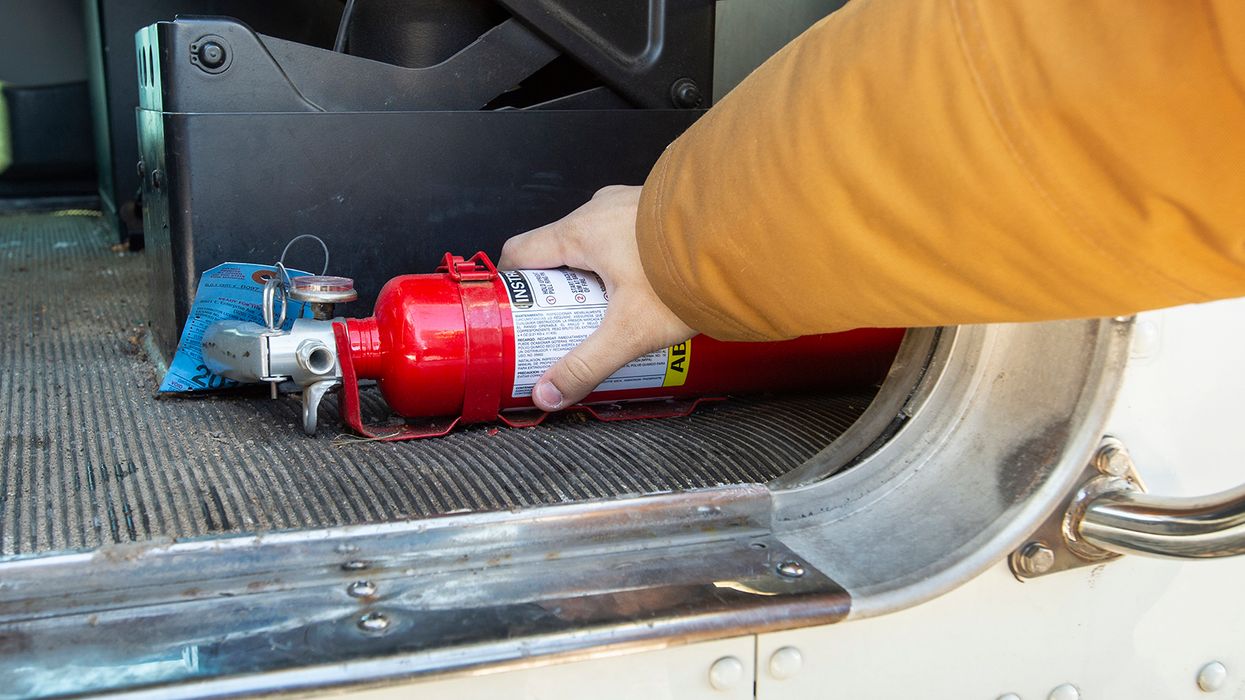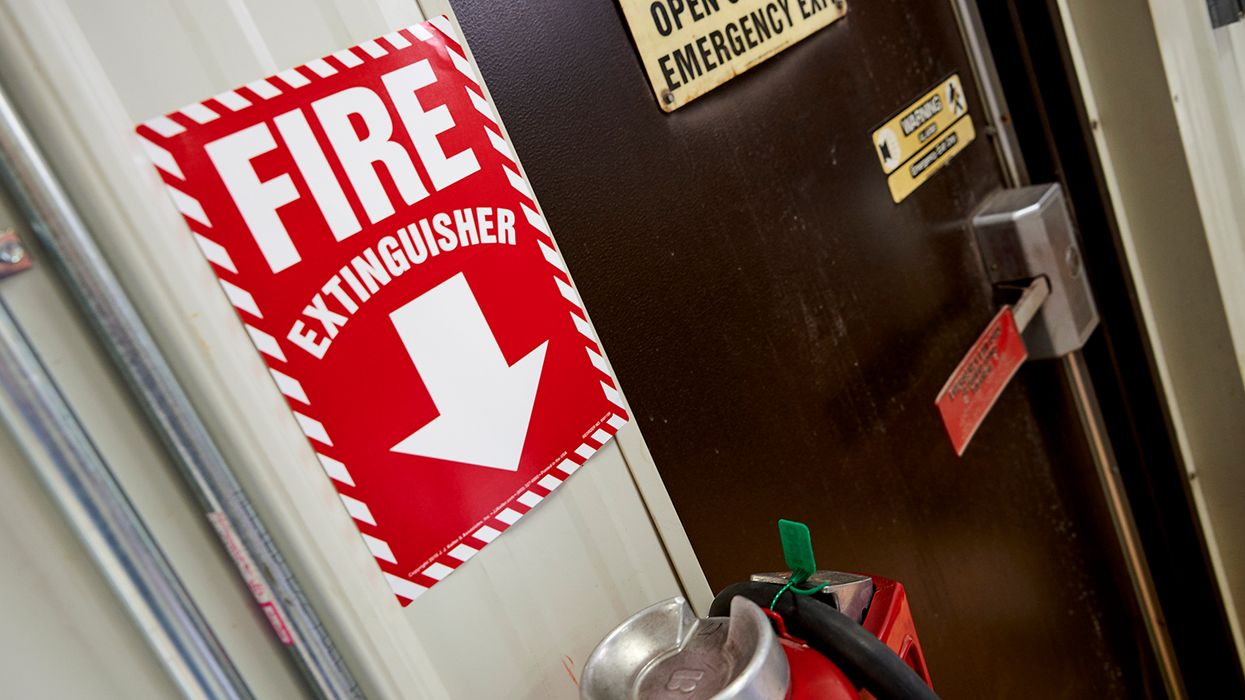CDL medical certification: Not just an American idea
Tying medical certification to a commercial licence is nothing new for Canadian commercial drivers. Provinces and territories have been applying the concept long before the Federal Motor Carrier Safety Administration implemented its requirements a decade ago.
A driver’s medical examination is part of the licencing process for Class 1 through 4 licences in all Canadian provinces and territories. Drivers are not issued a separate medical certificate card, so the licences themselves are therefore considered proof of medical fitness.
The United States has reciprocal recognition of commercial driver’s licences (CDL) with Canada. A Canadian CDL generally serves as confirmation that the Canadian driver is medically qualified to operate a commercial motor vehicle (CMV) in the United States.
Which vehicles require Canadian medical certification?
The class licence system is used in all provinces and territories except for Ontario. The vehicle types requiring medical certification are described below:
- A Class 1 licence allows you to drive any type of motor vehicle, including semi-trailer trucks.
- A Class 2 licence allows you to operate buses as well as vehicles under classes 3, 4, and 5.
- With a Class 3 licence, you can drive trucks with two or more axles (three or more axles in Alberta) and vehicles under class 5.
- Class 4 gives you licence to drive vehicles such as taxis, ambulances, and certain types of buses as well as Class 5 vehicles.
Ontario’s licences
Ontario uses a different classification scheme for its driver’s licences. The commercial classes affected by medical certification include:
- Class A allows the driver to operate any tractor-trailer combination, as well as Class D.
- Class B is a licence to operate any type of school bus as well as Class C, D, E, and F vehicles.
- Class C allows the driver to operate any regular bus in addition to Class D, and F vehicles.
- Class D allows the holder to drive all trucks or combination as long as the towed vehicle weighs 4,600 kg or less.
- Class E restricts drivers to operating school buses with a maximum of 24 passengers, as well as Class F vehicles.
- Class F allows the holder to drive regular buses with a maximum capacity of 24 passengers, as well as ambulances.
Need more information on Canada, eh?
Compliance Institute subjects that focus on Canadian motor carriers will display a Canadian flag, including the following:
Our library of news articles also contains several pieces that relate to Canadian compliance issues. Recent examples include:
- Canadian Driver Abstracts: Why evaluating them matters
- Understanding Canada’s ELD certification process
- Preventive maintenance for Canadian fleet success: Why it matters
- Navigating disputes with respect: Enhancing your Canadian safety profile
Questions?
If you have a question on Canadian compliance or any other regulatory topic, we encourage you to reach out to our compliance experts using Expert Help. Our team of experts is always happy to assist.




















































